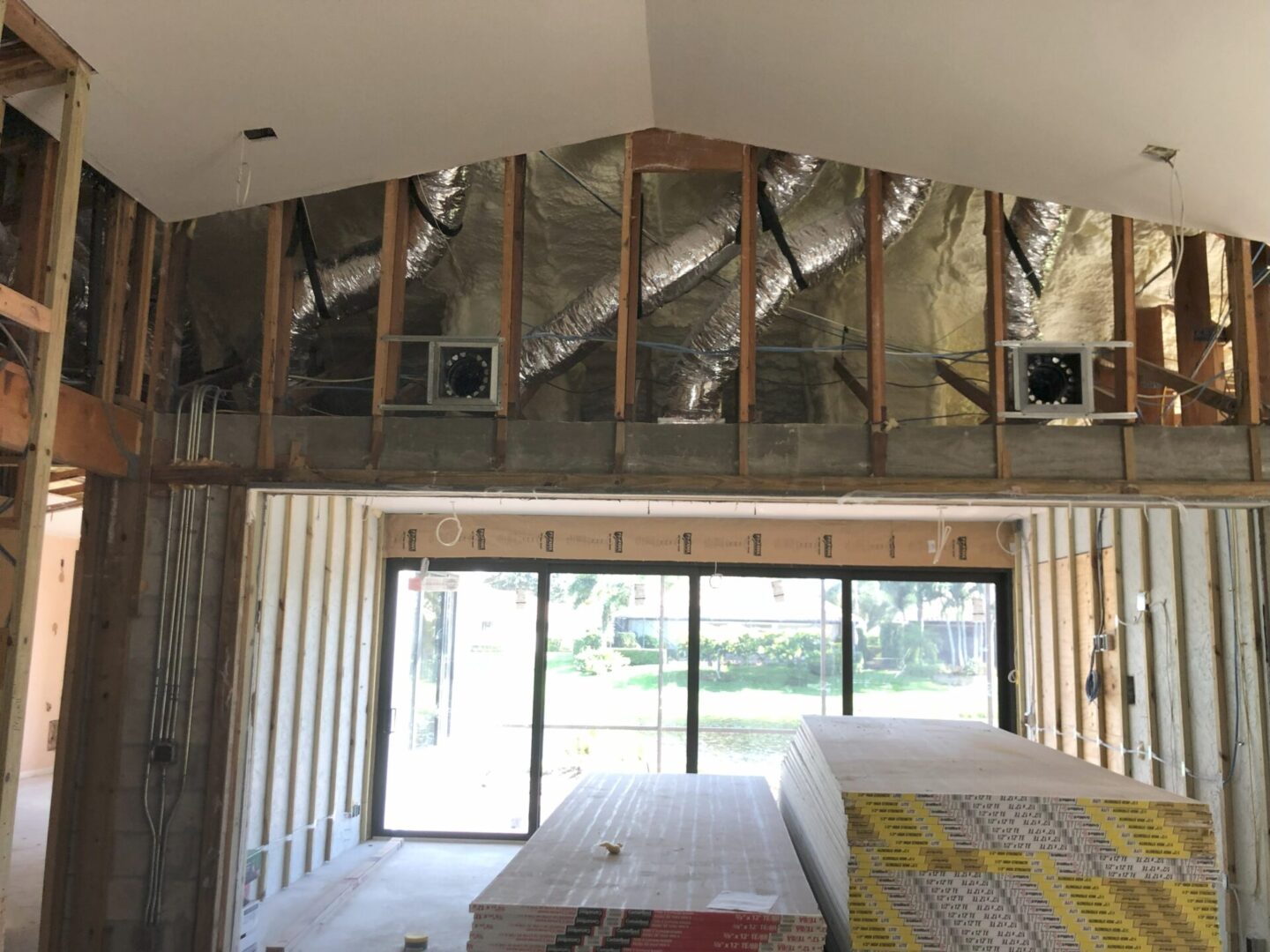Need a New Air Conditioner and AC Ducts? Here’s What to Know:
When it comes to keeping your home comfortable year-round, your air conditioning system and ductwork play a pivotal role. Ductwork refers to the network of tubes and vents (ductwork and AC grilles) that distribute cool or warm air throughout your home to ensure consistent temperatures in every room. If you’re searching for “I need a new air conditioner and AC ducts,” you’re likely facing issues like uneven cooling, high energy bills, or an outdated HVAC system. This guide will walk you through what to expect and how to make the best decisions for your home.
When to Replace Your AC and Ductwork
Before diving into replacements, let’s confirm why you need new equipment. Common indicators include:
- Frequent Breakdowns: Repair costs are adding up, and your AC unit can’t keep up with demand.
- Age of System: Most air conditioners last 10-15 years. Older systems often lack energy efficient or modern features.
- High Energy Bills: Leaky ducts or an inefficient AC unit could be the culprit.
- Uneven Cooling: If some rooms are hot while others are cold, your ductwork or system sizing might need reevaluation. Always request that a Manual J, or load calculation to ensure that you are getting the “right-size” equipment and duct sizing for proper airflow and distribution.
The Benefits of Upgrading Your AC and Ducts
Replacing your air conditioner and ducts isn’t just about fixing problems; it’s also an investment in comfort and efficiency. Here’s what you’ll gain:
- Improved Energy Efficiency: Modern units with high SEER2 ratings and properly sealed ductwork can significantly reduce energy usage.
- Enhanced Air Quality: New ducts eliminate dust, mold, and allergens often found in older duct systems.
- Consistent Comfort: Properly designed systems eliminate hot and cold spots.
- Smart Technology: Many newer AC systems integrate with smart thermostats for better control and savings.
What to Expect During Replacement
If you’ve decided to replace both your air conditioner and ductwork, here’s how the process typically unfolds:
- Initial Assessment: A professional HVAC designer will evaluate your home’s layout, size, and insulation levels to determine the correct system size (Manual J) and duct design (Manual D).
- Custom Design: Modern duct systems are tailored to your home’s needs to ensure proper airflow and efficiency.
- System Selection: Your technician will help you choose an air conditioner that fits your cooling needs and budget.
- Installation: The process includes removing old equipment, installing new ducts and an AC unit, and testing the system for efficiency and comfort.
- Follow-Up Maintenance: Regular maintenance ensures your investment lasts for years to come.
Choosing the Right Professional
The success of your new AC and duct system depends heavily on the expertise of your HVAC contractor. Look for a company that:
- Specializes in custom HVAC design.
- Has experience with residential systems and local building codes.
- Uses energy-efficient and environmentally friendly solutions.
- Offers clear communication and transparent pricing.
Maximizing Your Investment
To make the most of your new system, consider these tips:
- Air Sealing: One of the biggest problems aging or poorly constructed homes face today is infiltration, or uncontrolled air leakage. There are several opportunities to reduce infiltration. #1 starts with door and window seals. #2 homes with batt insulation and vented attic typically have electrical and plumbing penetrations through the top wall plate that are not sealed. Keep following us at KO Energy Design and we will share more information on how to make a healthier and happy home.
- Insulation: Ensure your home is well-insulated to reduce strain on your AC. Not only well insulated, yet properly insulated. Many times, the insulation is disturbed where it does not evenly cover the exposed ceiling areas. Or the wind dams (attic baffles) are damaged allowing the wind entering the soffit vents to disturb the insulation.
- Zoning Systems: Divide your home into zones for precise temperature control. Unless a specific temperature control is desired in particular areas of the home, a well designed duct system can be used in place of zone controllers.
- Rebates and Financing: Take advantage of energy rebates and financing options to lower upfront costs. Depending on the efficiency of the equipment purchased, the IRS is providing federal tax credits.

Ready to Upgrade? We’re Here to Help
At KO Energy Design, we specialize in designing custom HVAC systems tailored to your needs. From selecting the right air conditioner to creating efficient ductwork, our experts ensure your home design provides cool and comfortable while saving you money on energy bills. Contact us today for a free consultation and start enjoying the benefits of a modern, energy-efficient HVAC system!
